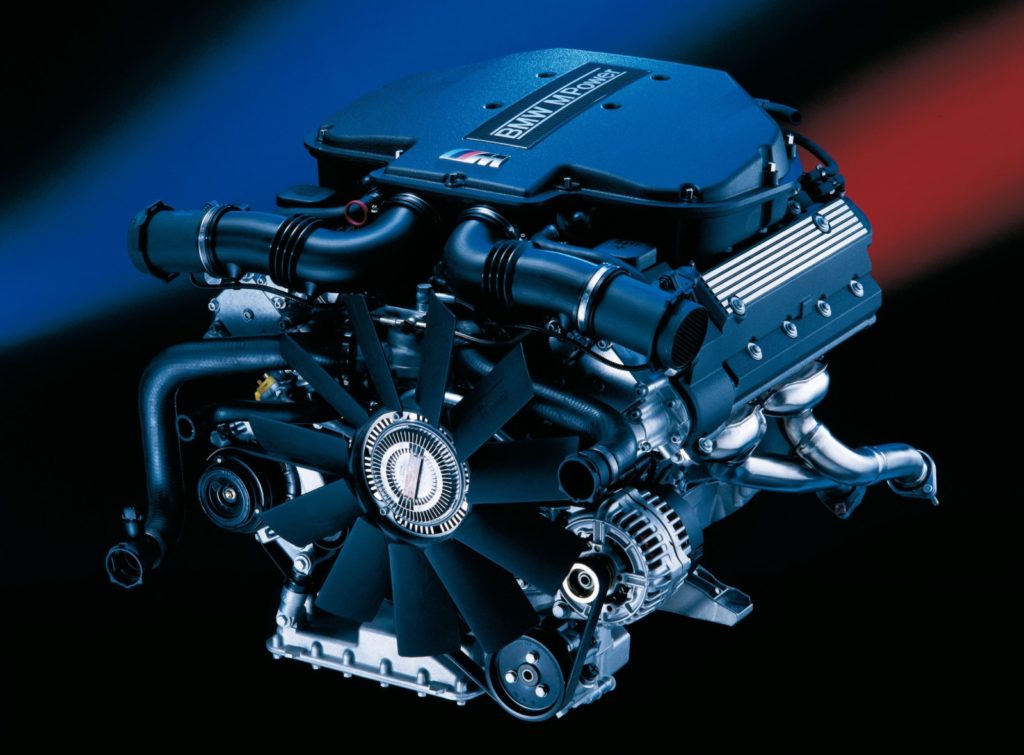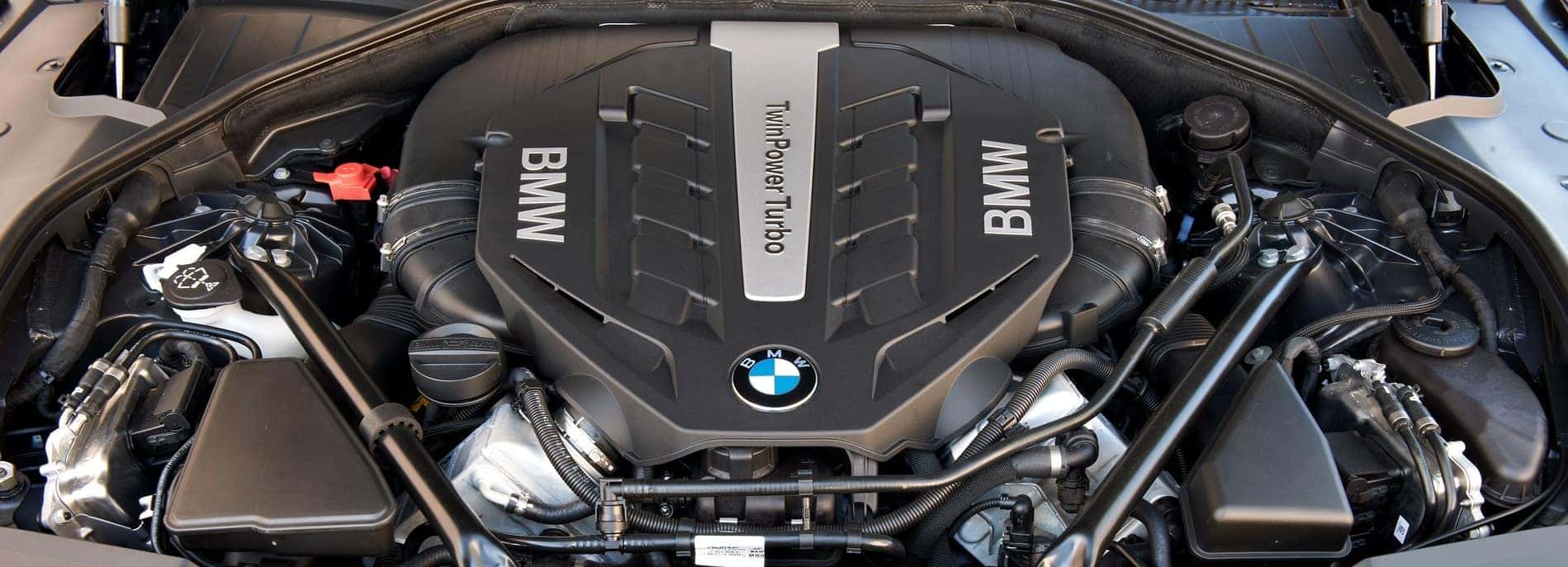Exploring the Development of Burning Engines in Modern Transport Equipments
As we browse the landscape of modern-day transport, the advancement of burning engines stands as a testament to human ingenuity and design prowess. The interplay of background, innovation, and environmental concerns in shaping the trajectory of combustion engines develops a narrative that is both compelling and informative.
Early Beginnings of Combustion Engines
How did the concept of combustion engines initial emerge in the early phases of transportation growth? The roots of combustion engines can be mapped back to the 17th century when the principles of interior combustion were initial checked out. In 1673, Christian Huygens conceived a basic inner combustion engine that made use of gunpowder to generate power. Nonetheless, it wasn't till the late 19th century that useful applications of combustion engines in transportation started to emerge.
The innovation moment came with the creation of the initial successful gasoline-powered engine by Karl Benz in 1885 - bmw engine. This engine led the way for the development of the modern car, changing transportation systems worldwide. Subsequent innovations by Nikolaus Otto and Gottlieb Daimler even more fine-tuned burning engine technology, causing the mass manufacturing of cars and the quick expansion of the transportation market
These early combustion engines were characterized by their simplicity and efficiency, laying the foundation for the facility and effective engines made use of in modern-day transport systems. The development of burning engines has contributed fit the method we travel and carry items, noting a substantial turning point in the history of transportation development.
Transition to Internal Burning Innovation
The shift to internal combustion technology noted an essential shift in the evolution of transportation systems. This change began in the late 19th century, with creators like Nikolaus Otto and Gottlieb Daimler developing the initial effective internal burning engines. These engines revolutionized transportation by using a much more effective and effective choice to steam engines and electrical motors.
One of the key benefits of interior burning engines was their capability to be scaled down to suit automobiles, resulting in the development of bikes and automobiles. This change from bulky, fixed engines to small, mobile ones led the way for the modern transport systems we see today.
The transition to inner combustion innovation likewise stimulated improvements in fuel innovation, leading to the advancement of gasoline and diesel as main fuel sources for lorries. This shift not just made transportation a lot more available to the masses yet also laid the structure for the oil and gas sector to end up being integral to worldwide economies.
Effect of Combustion Engines on Transportation
The adoption of burning engines in transport systems catalyzed a profound change in the efficiency and rate of international movement. Burning engines changed transportation by offering a reliable and versatile source of power for different lorries, including automobiles, airplanes, ships, and trucks. This development significantly enhanced the capability for items and individuals to conform lengthy ranges in much shorter period, leading to increased connectivity between regions and nations.
Furthermore, the widespread use combustion engines has had a substantial influence on financial growth. The capability to move items successfully has actually stimulated profession and business, enabling companies to broaden their markets and reach consumers worldwide. This has actually promoted go to this website financial development and globalization, as products can now be transferred faster and in bigger amounts than ever in the past.
Nonetheless, the ecological effect of combustion engines can not be overlooked. The burning of fossil gas has led to air contamination and greenhouse gas exhausts, adding to climate change and posing wellness threats to populations. bmw engine. Consequently, there is an expanding emphasis on developing different propulsion modern technologies to alleviate these negative results and create a much more lasting future for transport
Developments in Burning Engine Style
Various advancements in burning engine design have pushed the evolution of transport systems over the decades. One remarkable advancement is the development of turbocharged engines, which utilize exhaust gases to drive a turbine that presses incoming air, permitting more gas to be charred, causing enhanced power result without a considerable rise in engine size. In addition, direct shot technology has boosted fuel efficiency and efficiency by precisely managing the quantity and timing of fuel injected right into the combustion chamber. Variable valve timing systems have actually also reinvented engine design by optimizing air flow at various engine rates, boosting both power and effectiveness. An additional substantial development is the assimilation of lightweight products such as carbon fiber and aluminum alloys, minimizing total engine weight and improving car fuel economic climate. In addition, developments in computer-aided style have actually made it possible for engineers to optimize engine efficiency and effectiveness via simulations prior to physical prototypes are built, saving time and resources in the advancement procedure. These technologies collectively contribute to the continuous improvement of combustion engines in modern transportation systems.
Future Fads in Combustion Engine Advancement
With innovation advancements driving constant innovation, the future of combustion engine growth is poised to revolutionize transportation systems internationally. One of the vital fads in burning engine advancement is the push in the direction of greater effectiveness and reduced discharges.
An additional prominent pattern is the fostering of hybrid innovations in burning engines. Hybrid engines integrate typical combustion innovation with electrical power, offering improved fuel performance and reduced emissions. As the automobile market changes in the direction of electrification, crossbreed combustion engines are viewed as a transitional remedy that bridges the space between standard lorries and fully electric ones.
Furthermore, the combination of clever modern technologies, such as expert system and information analytics, is anticipated to play a substantial duty in the future of burning engine growth. These innovations can enhance engine performance in real-time, causing a lot more effective burning processes and boosted overall car performance. Embracing these future trends will not only drive innovation in combustion engine development yet likewise add to a much more environmentally pleasant and lasting transport ecological community.

Verdict
Finally, the evolution of combustion engines in modern transportation systems has been marked by significant developments in innovation and style. From the early beginnings of combustion engines to the shift to interior burning modern technology, these engines have actually had an extensive influence on transport. Advancements read the full info here in combustion engine style continue to drive progress in this field, with future fads concentrating on more boosting performance and minimizing discharges. The future of combustion engines in transportation looks encouraging as study and growth efforts continue to look at here push borders.
The roots of burning engines can be mapped back to the 17th century when the principles of internal burning were initial checked out. These engines transformed transport by supplying an extra reliable and effective option to vapor engines and electric motors.

Comments on “Why the BMW Engine Is Thought About One of the Best in Luxury Vehicles”